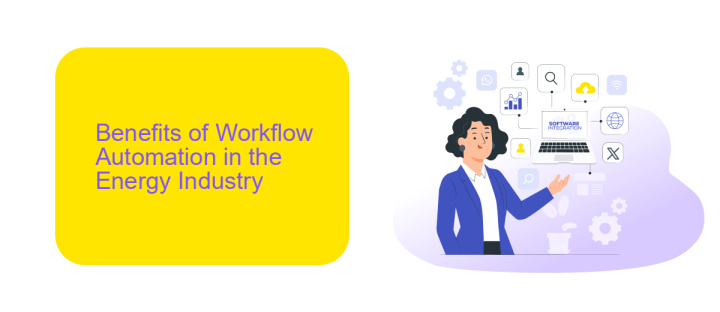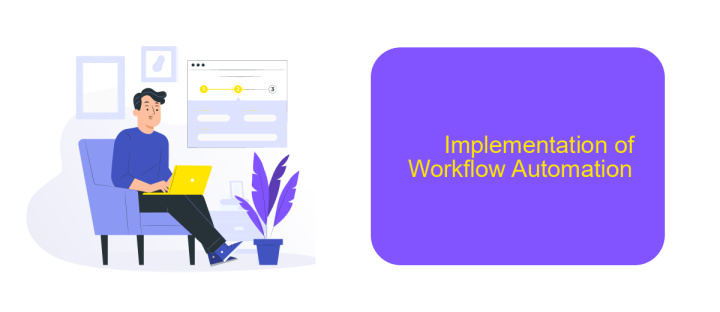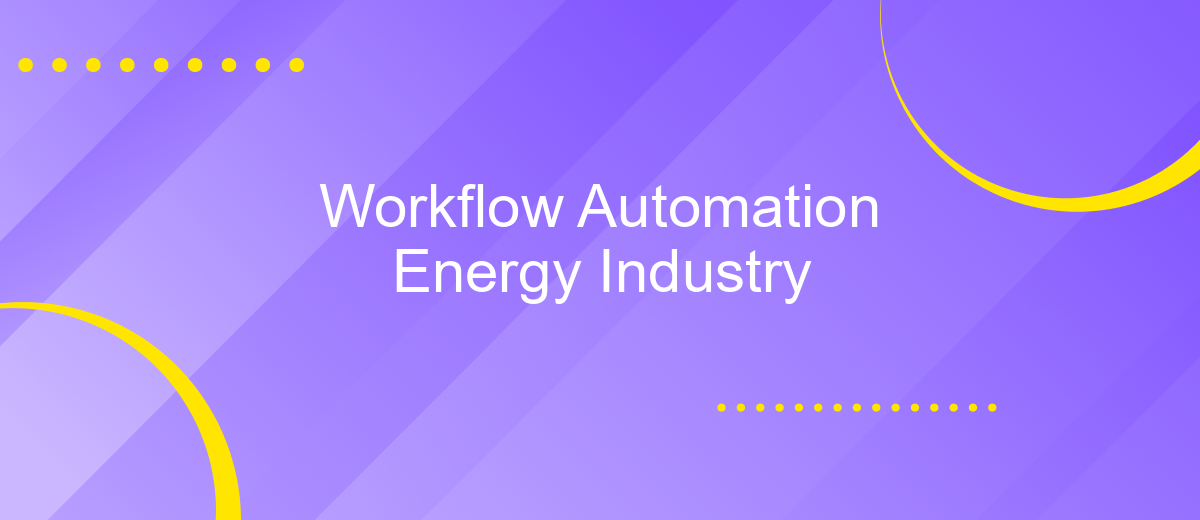Workflow Automation Energy Industry
In the rapidly evolving energy industry, workflow automation has emerged as a game-changer, enhancing efficiency, reducing operational costs, and improving safety standards. By integrating advanced technologies such as AI and IoT, companies can streamline processes, optimize resource management, and make data-driven decisions. This article explores the transformative impact of workflow automation on the energy sector and its future potential.
Introduction
Workflow automation in the energy industry is revolutionizing traditional processes, enhancing efficiency, and driving innovation. By automating routine tasks, companies can focus on strategic initiatives, reduce operational costs, and improve overall productivity. The integration of advanced technologies streamlines operations, ensuring reliable and sustainable energy solutions.
- Enhanced data management and analysis
- Improved operational efficiency
- Reduced human errors and operational risks
- Seamless integration with existing systems
One of the key players in facilitating these integrations is ApiX-Drive. This service enables energy companies to connect various applications and automate workflows without the need for extensive coding. By leveraging ApiX-Drive, organizations can synchronize data across platforms, automate routine tasks, and ensure that their systems work in harmony. This not only saves time but also ensures that critical operations run smoothly, contributing to a more efficient and reliable energy sector.
Benefits of Workflow Automation in the Energy Industry

Workflow automation in the energy industry offers numerous advantages, including increased efficiency and reduced operational costs. By automating repetitive tasks, companies can streamline processes and minimize human error, leading to more reliable and consistent outcomes. This not only enhances productivity but also allows employees to focus on higher-value tasks, fostering innovation and strategic planning.
Additionally, workflow automation facilitates better data management and integration across various systems. Tools like ApiX-Drive enable seamless integration of different software applications, ensuring that data flows smoothly between departments. This results in improved decision-making and faster response times to market changes. Ultimately, the adoption of workflow automation in the energy sector can lead to significant improvements in operational performance and competitive advantage.
Types of Workflow Automation Solutions

Workflow automation solutions in the energy industry are designed to streamline operations, enhance efficiency, and reduce manual errors. These solutions can be broadly categorized into several types, each addressing specific needs and challenges within the sector.
- Process Automation: This involves automating repetitive tasks such as data entry, reporting, and monitoring. It helps in minimizing human errors and increasing productivity.
- Integration Tools: Platforms like ApiX-Drive facilitate seamless integration between various software systems, enabling real-time data exchange and improved coordination across different departments.
- Predictive Maintenance: Utilizing machine learning and AI, these solutions predict equipment failures before they occur, thereby reducing downtime and maintenance costs.
- Regulatory Compliance: Automation solutions ensure that all operations comply with industry regulations, reducing the risk of non-compliance penalties.
Implementing these workflow automation solutions can significantly enhance the operational efficiency of energy companies. By leveraging tools like ApiX-Drive for seamless integration, organizations can ensure smoother workflows and better data management, ultimately leading to more informed decision-making and optimized resource utilization.
Implementation of Workflow Automation

Implementing workflow automation in the energy industry involves several critical steps to ensure seamless integration and efficiency. The first step is to identify the processes that can be automated, such as data collection, monitoring, and reporting. By doing so, companies can focus on optimizing these areas for better productivity and reduced manual errors.
Once the processes are identified, the next phase involves selecting the right tools and platforms. ApiX-Drive, for instance, offers robust solutions for integrating various applications and automating workflows. This service allows for easy configuration and management of data flows between different systems, ensuring that all critical information is synchronized and up-to-date.
- Identify and prioritize processes for automation.
- Select appropriate tools and platforms like ApiX-Drive.
- Configure workflows and integrate systems.
- Monitor and optimize automated processes regularly.
Finally, it's essential to continuously monitor the automated workflows to ensure they are functioning as intended. Regular updates and optimizations can help in maintaining efficiency and addressing any issues that may arise. By following these steps, companies in the energy industry can significantly enhance their operational efficiency and reduce costs.


Conclusion
The implementation of workflow automation in the energy industry has proven to be a transformative force, enhancing efficiency, reducing operational costs, and ensuring sustainability. By automating routine tasks, energy companies can focus on strategic initiatives that drive growth and innovation. The integration of advanced technologies, including AI and machine learning, further optimizes processes, leading to better decision-making and improved resource management.
Moreover, the use of services like ApiX-Drive facilitates seamless integration of various systems, enabling smooth data flow and real-time analytics. This not only streamlines operations but also enhances collaboration across different departments. As the energy sector continues to evolve, embracing workflow automation will be crucial for staying competitive and meeting the increasing demand for cleaner, more reliable energy solutions. The future of the energy industry lies in its ability to adapt and innovate, and workflow automation stands at the forefront of this transformation.
FAQ
What is workflow automation in the energy industry?
How can workflow automation improve energy management?
What are the key benefits of implementing workflow automation in the energy sector?
How can companies in the energy industry start with workflow automation?
What challenges might companies face when implementing workflow automation?
Apix-Drive is a universal tool that will quickly streamline any workflow, freeing you from routine and possible financial losses. Try ApiX-Drive in action and see how useful it is for you personally. In the meantime, when you are setting up connections between systems, think about where you are investing your free time, because now you will have much more of it.

